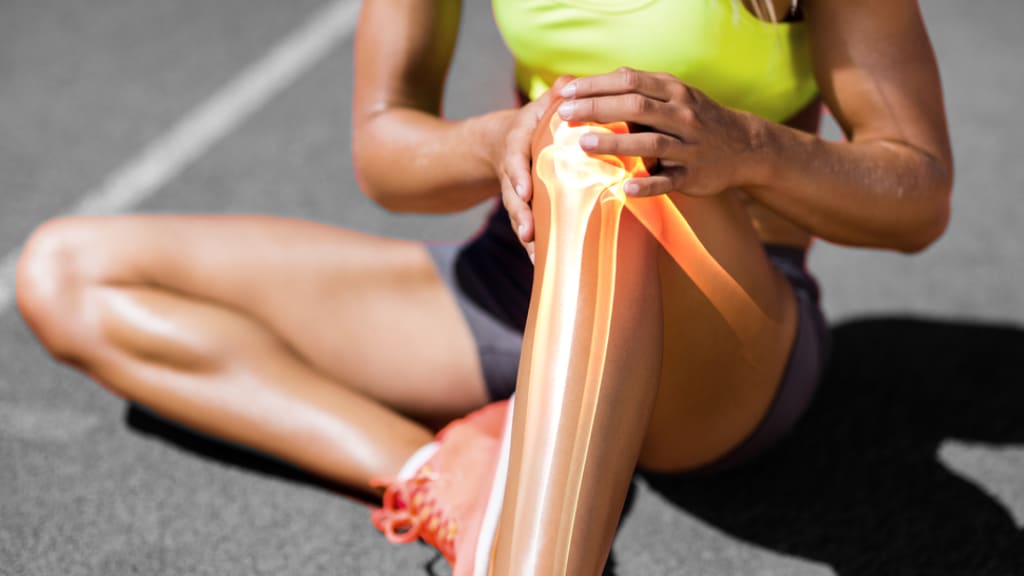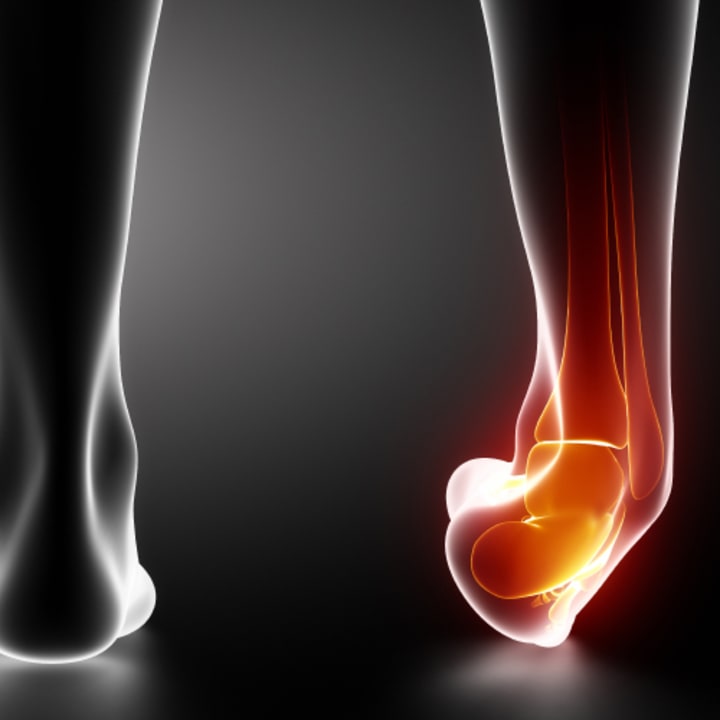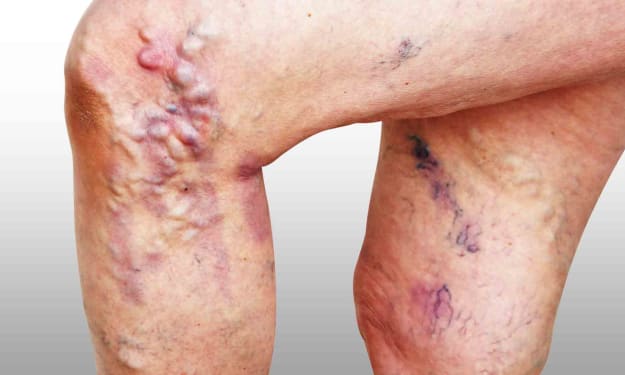Running Injuries and Their Treatment
Most Common Causes & Its Treatment

Overview
The chances of getting severe injuries while exercising are high and can adversely affect your daily routine activities. Here in this blog, we will discuss the injury types, their causes, and effective ways to fix them.
Summary
● More than 60% of runners may experience severe running injuries.
● The only protective tool that runners have during running is their shoe wear.
● The injuries that occur due to the running can be of two types: acute and chronic injuries.
● Some of the most common running injuries may include runners' knee, shin splints, stress fractures, and plantar fasciitis.
● You can avoid running injuries after knowing the actual cause.
● Your physician may suggest appropriate stretching exercises for strengthening muscles.
What are Running Injuries?
You are more likely to get injuries during running as it puts stress on your muscles, cartilages, and joints. Shoes play the most significant role in preventing and treating running injuries. More than 60% of runners may experience a severe running injury, as running shoes are the only protection that one can have while running. In addition to running shoes, strength, recovery, flexibility, form, training schedule, and volume also play a vital role in preventing and treating these injuries.
Running injuries can either be acute or chronic, but you need proper and immediate treatment for both to guarantee optimal healing.

Acute Injuries
Sudden and intense injuries are known as acute injuries. These may include sprains, broken bones, and lacerations. As first aid, you need to stop bleeding through the application of ice to the affected area. Immobilization of the injured area will prevent bone from further damage. If you experience persistent swelling, severe pain, and feel a tear or crack, you should seek medical help immediately.
Chronic Injuries
This type of injury occurs because of some repetitive trauma over an extended period. The condition of your running shoes, overtraining, poor running form, decreased strength, and flexibility are some of the primary reasons that contribute to chronic injuries.
Most Common Running Injuries and How to Fix Them?
Some of the most common running injuries with their effective treatment options are mentioned below:
1.Runner's Knee
In a runner's knee injury, the pain initiates from beneath or around the kneecap and occurs gradually over time. You may experience this pain because of squatting and going up and downstairs. One of the most common symptoms of this injury is the knee stiffness that you may experience due to prolonged sitting.
Causes of Runners' Knee
Some of the most common reasons behind the runners' knee injury may include:
● Poor running form.
● Weakness in hip or feet muscles.
● Overused running shoes.
● Uncomfortable shoe wear.
● Transitioning too quickly from the treadmill to outdoor running.
Treatment Options for Runners' Knee
You can get relief from runners' knee injury by following the simple & effective below-mentioned treatment options:
● Avoidance of painful activities/exercises.
● Application of ice.
● Physical therapy sessions.
● Replacement of your running shoes every 400 to 600 miles.
● Through strengthening quadriceps, hip abductors, and hip extensor muscles.
● By taking anti-inflammatory medications.

Hip strengthening is an essential element for the prevention of a runner’s knee injury. You should consult a physical therapist and ask him to suggest the best suitable exercises according to your condition.
2.Shin Splints
You may feel pain along the shin bone on the front lower portion of your leg in case of a shin splint injury. You should avoid running or even walking during this type of damage as it affects the healing process. The severity of this type of injury varies from person to person and is more common in the new runners as their legs are not habitual to stress or because of wearing the wrong footwear.
Causes of Shin Splints
Some of the most common causes of shin splints may include:
● Wrong choice of shoe type.
● Poor running surface condition.
● Overused running shoes.
● Weak hip muscles.
● Poor running form.
Treatment Option for Shin Splint
You can treat your shin splint injury at home by merely resting, applying ice, decreasing mileage, cross-training with swimming or biking, using proper anti-inflammatory medications, and changing the shoe type.
One of the most critical variables for preventing shin splint injury is practicing good shoe maintenance. It will help if you use footwear that is appropriate for your foot type and training intensity
3.Stress Fractures
You may experience intense and persistent pain in the shin, hip, foot, thigh, or pelvis in stress fracture injuries. Stress fractures are similar to shin splint injuries, but it is more severe and requires serious attention and proper treatment. In some cases, you may need surgery if the injury is severe enough and occurs in a high-risk area.
Prevention from Stress Fractures
The best ways to prevent stress fractures may include:
● Regular training sessions.
● Avoiding running on excessively hard surfaces.
● Adequate shoe maintenance.
If you suspect a stress fracture during the training session, your physician may evaluate it depending upon your pain level.
4. Plantar Fasciitis
Feeling extreme pain in the bottom of the foot, from the heel into the arch, is one of the first line symptoms of plantar fasciitis. You may feel extreme levels of pain when you get up in the morning and after prolonged sitting.
Plantar Fasciitis Causes
Several causes contribute to plantar fasciitis injury, including feet with a high arch, flat feet, incorrect shoe type, tight calf muscles, training errors, and immediate transition from treadmill to outdoor running.

Treatment Options for Plantar Fasciitis
● While having plantar fasciitis, you should avoid running or doing it more often.
● You can also treat it by massaging the foot's arch, stretching calf muscles, and applying ice.
● You should use appropriate devices, like arch supports, heel cups, or customized orthotics.
● You can also get a gait analysis in order to correct your running form.
The best and effective approach to prevent plantar fasciitis is stretching. You should consult your physician for the appropriate stretching exercises to get immediate relief from plantar fasciitis.
If you are experiencing any running injury, you need to see a professional orthopedic surgeon. Please don't stay in pain; liberate yourself from it.
About the Creator
Medi Check
Health and Medical awareness, useful medical tips, new medical innovations.






Comments
There are no comments for this story
Be the first to respond and start the conversation.